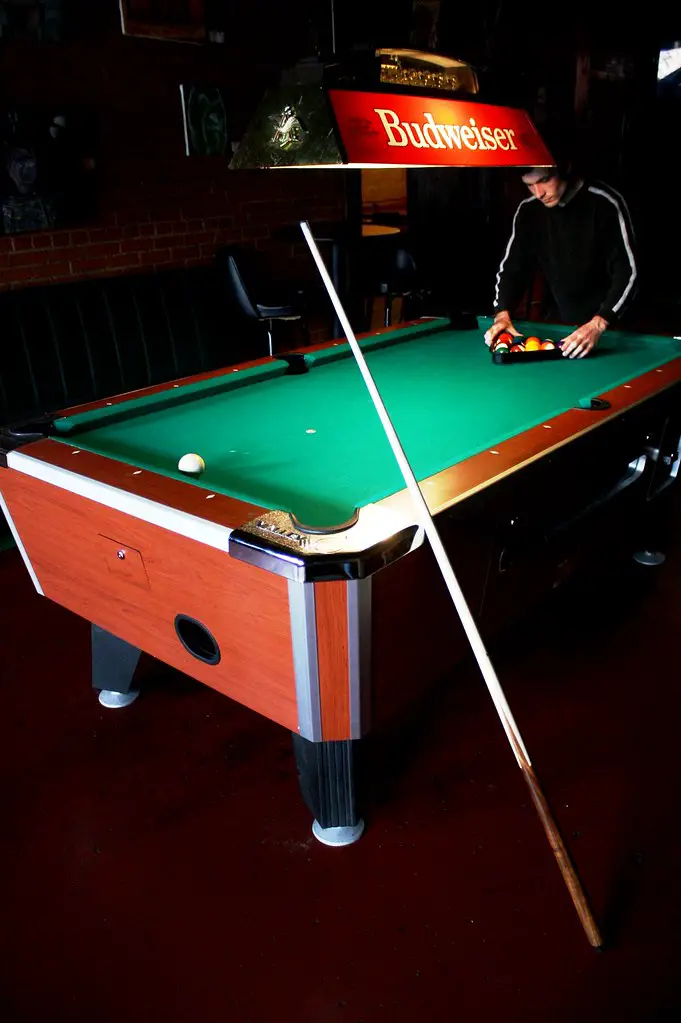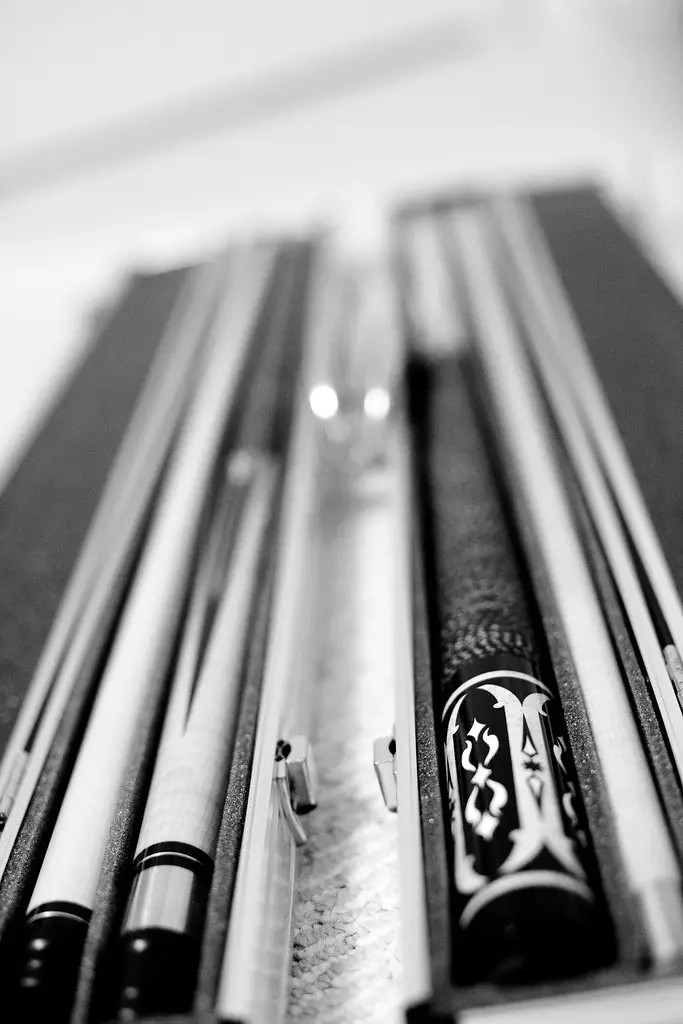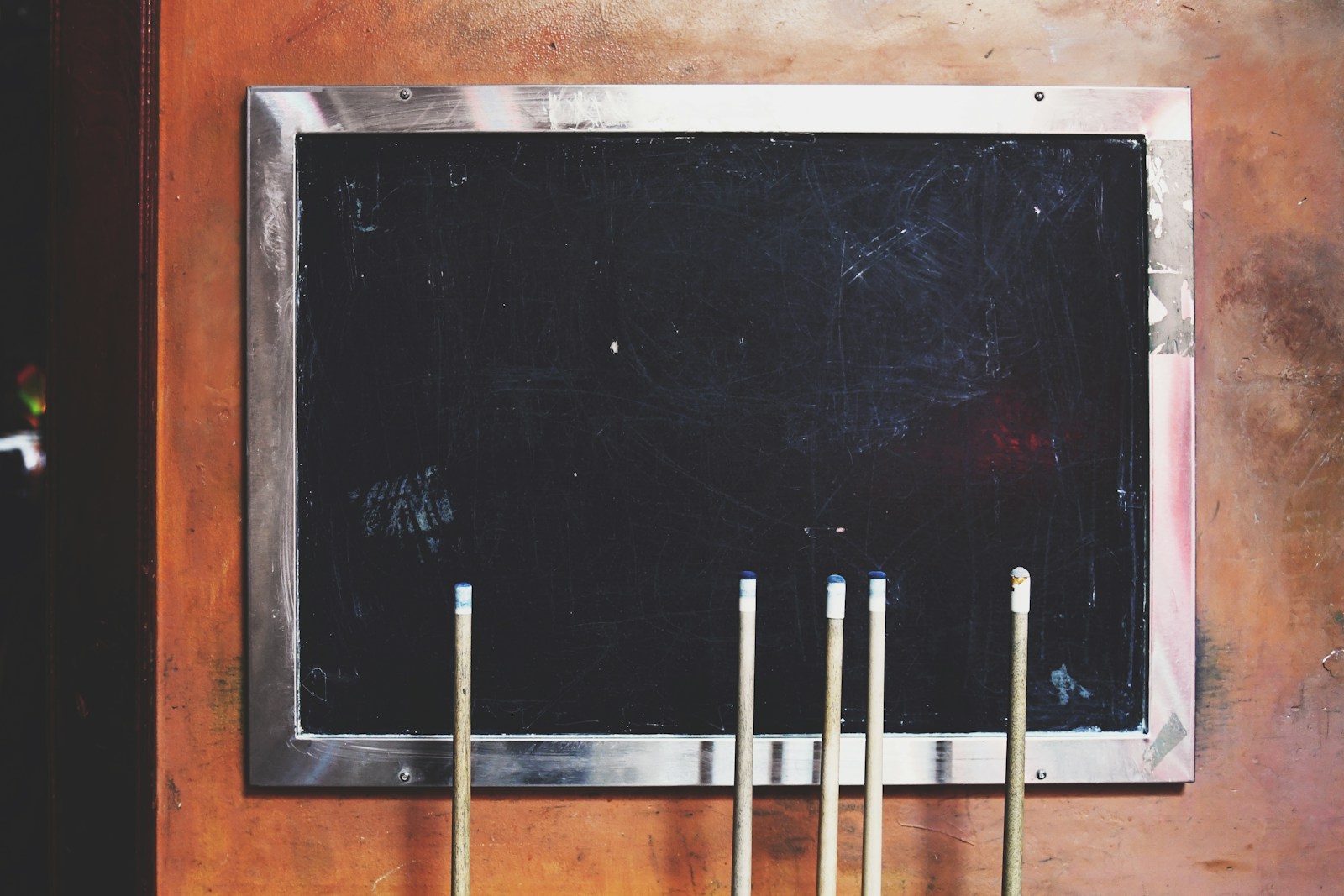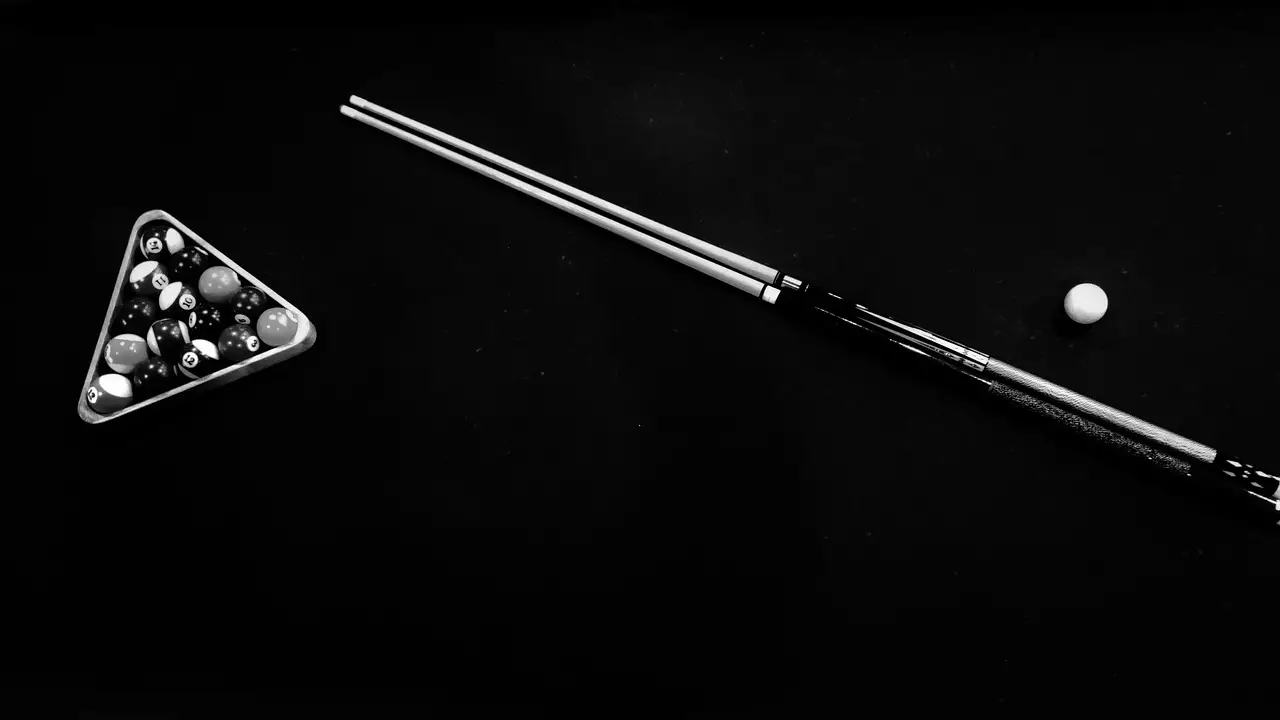
Essential Cue Stick Accessories Every Player Should Have
Billiards is a game of precision, strategy, and finesse. It’s not just about potting balls; it’s a complex sport that requires both talent and the right tools. Cue stick accessories are an often-neglected aspect of the game by amateur players, despite being the very tools that can elevate your skills to the next level. In this post, we’ll discuss the indispensable cue stick accessories that every billiards player should consider, and why they could make a critical difference in your performance.

Cue Tip Tools
Cue tip tools are a billiard player’s best friend when it comes to enhancing the all-important point of contact between the cue and the ball. Whether you prefer a softer leather tip or the harder composition variety, cue tip tools are essential for maintaining the tip’s condition and shape.
Types of Cue Tip Tools
Three primary types of cue tip tools dominate the market:
- Cue tip shapers, which are used to scuff and shape the tip to maintain a good nickel radius and even chalk retention.
- Porper’s Shaft burnisher, designed to smooth any rough ridges that have formed on the cue tip’s edges, ensuring consistent strikes.
- Cue Cube, which offers multiple uses: shaping, scuffing, and tapping the tip lightly to keep it in top form.
Maintaining Cue Tips
Proper maintenance of your cue tip can save you frustration and money in the long run. Regular use of tip tools ensures the shape is uniform and the tip does not become too hard or too soft, which can affect the “feel” of the shot. Make sure to scuff your tip before every game and to reshape it periodically to maintain its optimal condition.
Cue Cases
Protecting your most valuable tool – your cue – is vital. Cue cases are available in various materials and with specific features to safeguard your cue from damage.
Different Types of Cue Cases
Some common types of cue cases are:
- Hard Cue Cases, which offer robust protection with cushioned interiors and are particularly useful for air travel or long-distance transport.
- Soft Cue Cases, typically made of nylon or leather which offer protection against scratches and minor dings.
- Cue Carrying Bags, which are lighter and more convenient for casual or short-distance play, while still providing ample protection.
Features to Look For
When choosing a cue case, look for features such as adjustable shoulder straps, extra pockets for accessories, and padded interiors. Remember, protection doesn’t end with the case; your cues should still be handled carefully and not left to rattle around inside their case in transit.
Cue Chalk
Cue chalk is not just for show – it’s crucial for striking accuracy. Chalking your cue before every shot is a non-negotiable practice that performance players should never skip.
Choosing the Right Cue Chalk
The market offers a variety of cue chalks designed for different needs. Some options include:
- Standard Chalk: The most common type is usually blue or green and is readily available in most billiard halls.
- Predator 1080 Chalk, which is known for its ability to remain on the tip longer without flaking.
- Balance Rite Chalk Mates, which are more durable and keep chalk handy without needing to be pocketed.
Chalking Techniques
Remember, technique matters. Brush the chalk on your tip evenly with a twirling motion and light pressure for consistent coverage. Over-chalking can lead to problematic residue on the table, so a light touch is essential.
Bridge Heads
Bridge heads or ‘spiders’ as they’re colloquially known, are essential for providing stable support when a shot requires a bridge position. They can also help to reach shots that would normally be out of reach.
Types of Bridge Heads
There are several types of bridge heads, each designed to facilitate different hand positions:
- Closed Bridge Heads are great for a beginner, providing a stable platform for your bridge hand and stick.
- Moose-Head and Crossed Bridge Heads, are primarily for more advanced players who need to reach over balls with precision.
Finding The Right One for You
The key to finding the right bridge head is to choose one that allows you to maintain a natural and comfortable hand position. Testing different styles will help you decide which one best suits your playing style.
Cue Gloves
Cue gloves might seem like a luxury, but they can improve your game by ensuring a smooth and consistent stroke. They also protect your bridge hand from the friction of the cue stick, particularly for players with sensitive skin.
Benefits of Cue Gloves
Wearing a cue glove offers a range of advantages:
- Smoother Stroke: By reducing the friction between your hand and the cue, your shots have the potential to become more consistent and accurate.
- Reduced Maintenance: Your cue shaft will accumulate less hand oils and chalk, which translates to less cleaning.
- Reduced Shaft Wear: Less direct contact with your skin means less wear on the cue shaft, potentially prolonging its life and performance.
Selecting The Right Cue Glove
When choosing a cue glove, consider the material, fit, and design. Most gloves are made from a smooth, sleek fabric like spandex or Lycra, which reduces resistance on the cue. Make sure the size fits snugly but is not too tight to cause discomfort.
Conclusion
Understanding the role these accessories play in the game of billiards can significantly improve your enjoyment and skill. Whether you are a casual player or a seasoned professional, selecting and using the right cue tip tools, cue cases, chalk, bridge heads, or gloves can make all the difference in your performance. Make a checklist of these essentials and ensure they become a regular part of your billiards routine. Your game, and your fellow players, will thank you for the investment.









